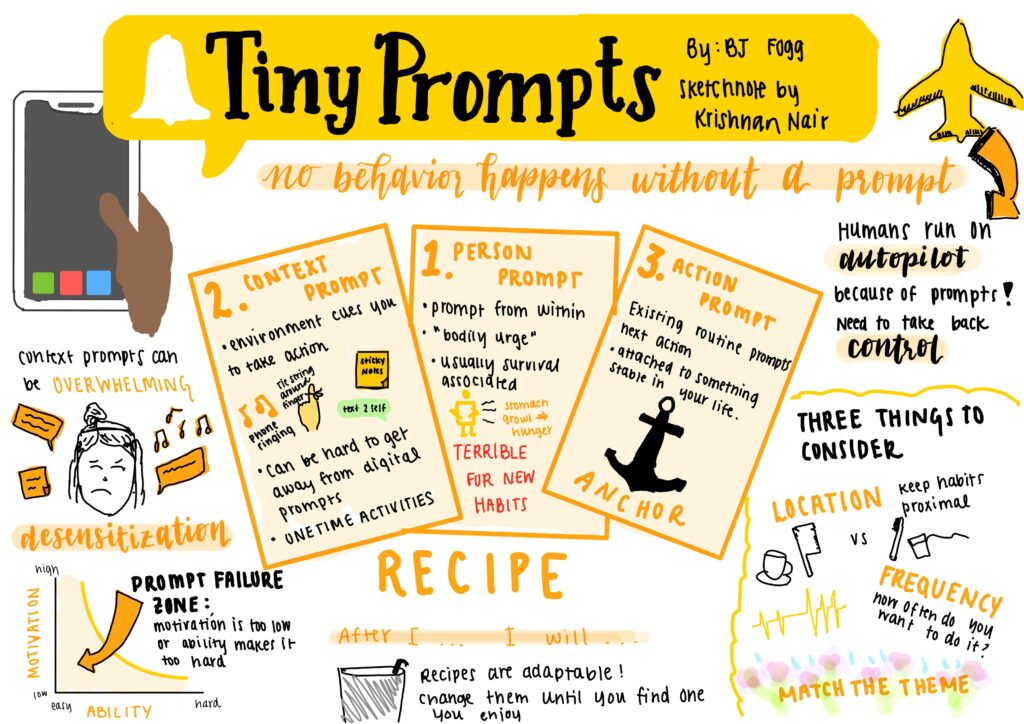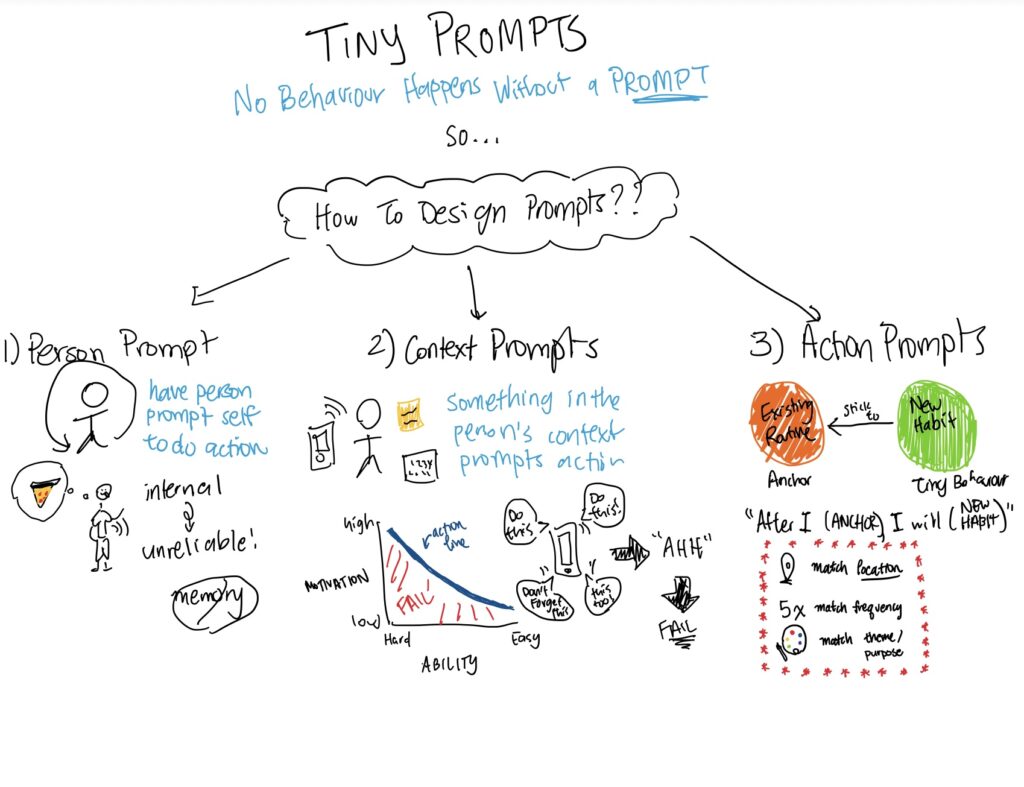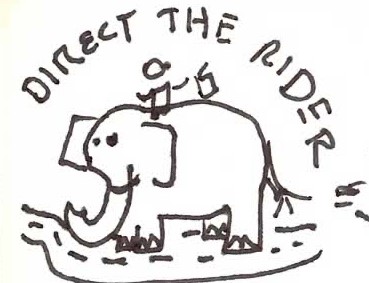Isolde’s division, called “Siiquent” is focused on hospitals and labs which sell diagnostic equipment for gene-based diseases. Their business model is selling machines at cost but making money from consumables that customers need to keep on buying. The reason this model works well is because it helps create repeat sales that are steady.
Emmanuel’s division, called “Teomik” is focused on research institutions and universities. The business make most of their profit from selling research equipment. Emmanuel has a more flexible approach to pricing where he changes price deals based on customer needs, and fits with the research market and sells customized and advanced equipment.
Using a single revenue model for both divisions would make business operations more simple and help create consistent messaging for customers. This could make it easier to make decisions, but, it could also reduce the flexibility that has been key to each division’s success. Forcing a single approach might lead to problems if it doesn’t suit the needs of both types of customers, potentially leading to decreasing sales.
As a Product Manager helping with the merger, I would try to make the process fair. I would start by gathering data on how each division’s model works, and understand customer feedback. In the first meeting, it would be important to let Isolde and Emanuel explain their views, ensuring that they understand each other. Leading a discussion on what parts of each model can be combined or should remain flexible would be a good next step. Then, I would using real-world scenarios to explore options and conduct a risk analysis to weigh pros and cons of each choice. Finally, I would run workshops to develop a solution together, with clear success metrics.



